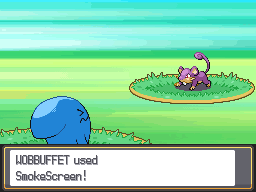In late 1934, Art Rooney, owner of the Pittsburgh Steelers, gave the right of usage of two players to the New York Giants because Rooney's team had no chance to participate in the post-season. After the owner of the Boston Redskins, George Preston Marshall, protested the transaction, the president of the NFL, Joe F. Carr, disallowed the Giants the ability to employ the players. At a league meeting in December 1934, the NFL introduced a waiver rule to prevent such transactions. Any player released by a team during the season would be able to be claimed by other teams. The selection order to claim the player would be in inverse order to the teams' standings at the time.
Throughout this time, Bert Bell, co-owner of the Philadelphia Eagles, felt his team's lack of competitiveness on the field made it difficult for the Eagles to sell tickets and to be profitable. Compounding the Eagles problems was players signed with teams that offered the most money, or if the money being equal, players chose to sign with the most prestigious teams at the time, who had established a winning tradition. As a result, the NFL was dominated by the Chicago Bears, the Green Bay Packers, the Giants and the Redskins. Bell's inability to sign a desired prospect, Stan Kostka, in 1935, eventually led Bell to believe the only way to for the NFL to have enduring success was for all teams to have an equal opportunity to sign eligible players. At a league meeting on May 18, 1935, Bell proposed a draft be instituted to enhance the competitive parity on the field in order to ensure the financial viability of all franchises. His proposal was adopted unanimously that day, although the first draft would not occur until the next off-season.
The rules for the selection of the players in the first draft were, first, that a list of college seniors would be assembled by each franchise and submitted into a pool. From this pool, each franchise would select, in inverse order to their team's record in the previous year, a player. With this selection, the franchise had the unilateral right to negotiate a contract with that player, or the ability to trade that player to another team for a player, or players. If for any reason, the franchise was unsuccessful in negotiating a contract with the player and was unable to trade the player, the president of the NFL, could attempt to arbitrate a settlement between the player and the franchise. If the president was unable to settle the dispute, then the player would be placed in the reserve list of the franchise and would be unavailable to play for any team in the NFL that year. In the 1935 NFL season, the Eagles finished in last place at 2-9, thus securing themselves the first pick in the draft.






